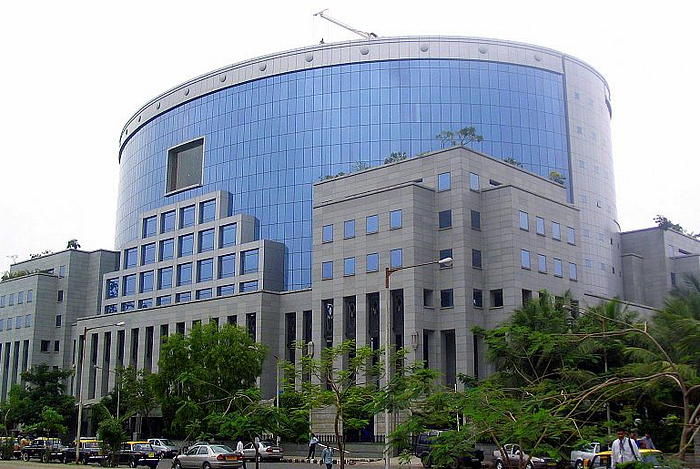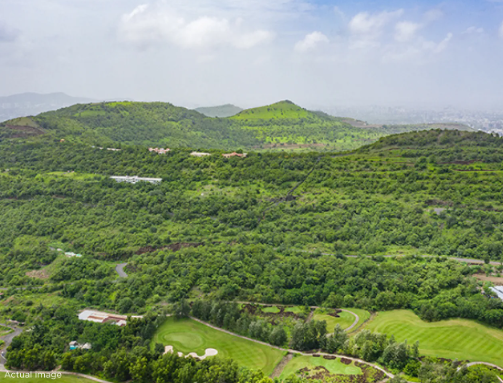
South Mumbai, often referred to as SoBo, stands as a testament to luxury, heritage, and architectural splendour. Encompassing some of India’s most affluent neighbourhoods, it has long been a coveted destination for discerning investors.
For those seeking prime real estate opportunities in South Mumbai, several locales present themselves as exceptional choices.
1. Worli
Worli seamlessly blends Mumbai’s rich history with modernity. Once a quaint fishing village, it has transformed into a dynamic neighbourhood boasting upscale residential complexes, commercial hubs, and entertainment venues.
Its strategic location offers residents panoramic sea views and proximity to key business districts. The Bandra-Worli Sea Link further enhances connectivity, making it a preferred choice for professionals and families alike.
2. Lower Parel
Lower Parel has undergone a remarkable metamorphosis from its industrial roots to a vibrant urban centre. The area is now dotted with luxury skyscrapers, premium shopping centres, and gourmet dining establishments. Its central location ensures excellent connectivity to both the western and central suburbs, solidifying its status as a real estate hotspot.
3. Marine Drive
Often dubbed the ‘Queen’s Necklace’ due to its shimmering night-time lights, Marine Drive is synonymous with Mumbai’s coastal allure. This iconic boulevard offers residents unobstructed sea views and a serene promenade. Properties here are highly sought after, reflecting both prestige and a timeless charm.
4. Altamount Road and Peddar Road
These neighbouring locales epitomise luxury living in Mumbai. Home to some of the city’s most opulent residences and esteemed personalities, they offer exclusivity and proximity to elite educational institutions, consulates, and recreational clubs. Investing here signifies a blend of status and convenience.
5. Girgaon
Girgaon, with its rich cultural tapestry, presents a unique investment opportunity. Known for its traditional ‘chawls’ and vibrant festivals, the area is witnessing a wave of redevelopment.
Modern projects like Shapoorji Pallonji’s ‘The Odessey’ are redefining the skyline, offering contemporary amenities while preserving the locale’s heritage. Its proximity to Marine Drive and Charni Road station enhances its appeal to investors seeking a blend of tradition and modernity.
Connectivity and Infrastructure
South Mumbai’s infrastructure is continually evolving. The upcoming Mumbai Trans Harbour Link (MTHL) is set to bolster connectivity between South Mumbai, Navi Mumbai, and Thane, potentially enhancing property values in these regions.
Conclusion
Investing in South Mumbai offers a unique blend of historical charm and modern conveniences. Areas like Worli, Lower Parel, Marine Drive, Altamount Road, Peddar Road, and Girgaon each present distinct advantages catering to varied investor preferences.
With ongoing infrastructural developments and a legacy of prestige, South Mumbai continues to stand as a beacon for prime real estate investment.




